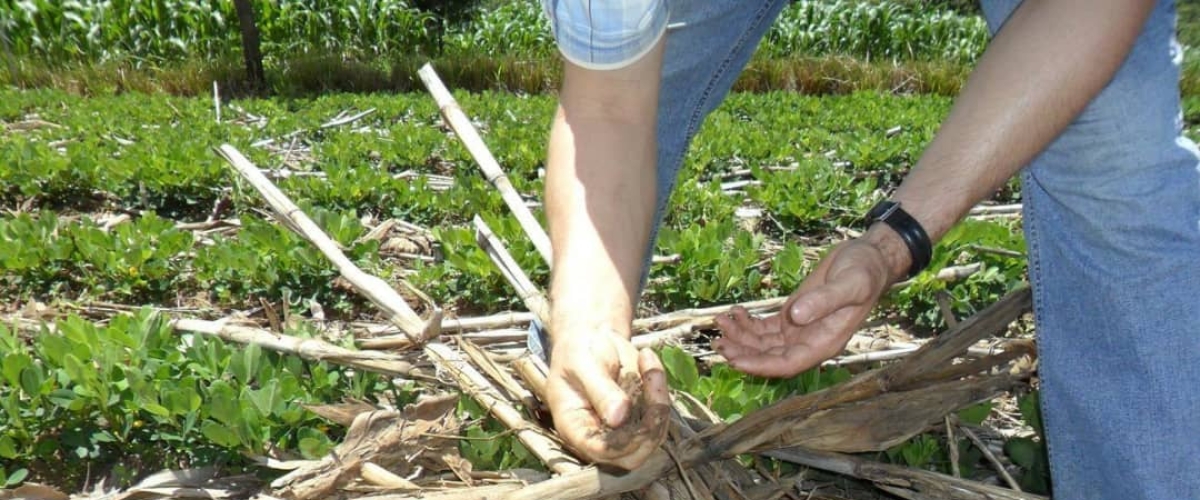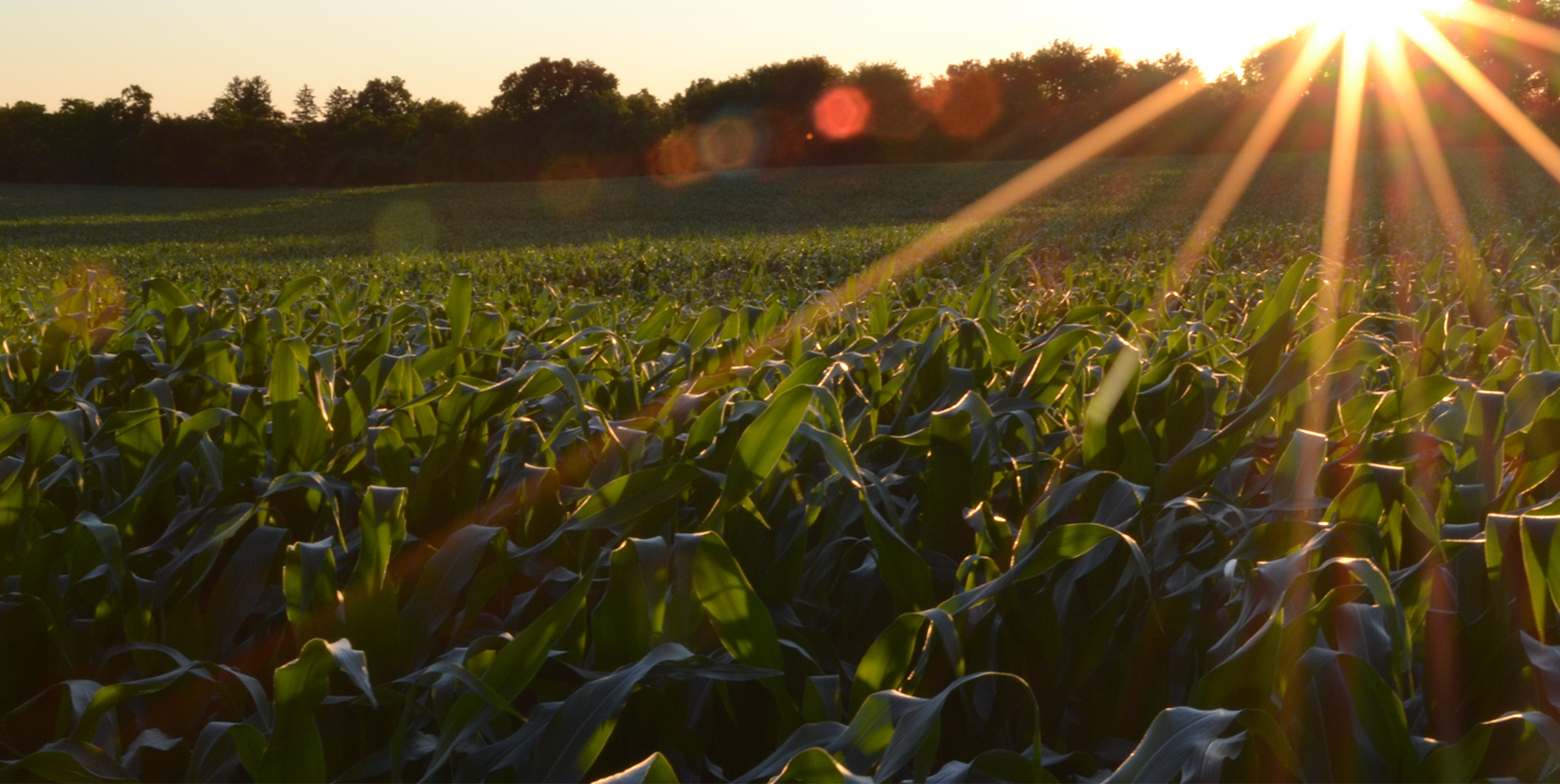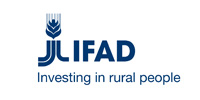
By Dorcas Kabuya Chaaba
Agriculture is the main source of both food and income for the majority of the population of in Africa and Zambia is not an exception. However, the variations in climate has led to a lot of challenges among the farming community ranging from flooding, drought, unpredictable weather coupled with continuous outbreaks of pests and diseases.
These changes have not only disturbed the production cycles of most small scale farmers but have deepened the problems of soil fertility leading to food and income security at household level. Issues of soil infertility have resulted in reduction of farm activities, therefore employing Sustainable Intensification Practices (SIPS) which help building the soils capacity to produce more is very cardinal. SIP such as proper crop rotation, intercropping, agroforestry, use of compost manure and maintaining crop residues can boost soil fertility, bring back the dead soils to life hence making farmers more resilient to climate change.
Planting of legumes and trees such as Gliricidia Sepium, mostly through falling leaves, has also proved helpful in improving soil fertility as the organic matter produced by legumes is a good source of nitrogen for other plants and suppress weeds.
It is against this scenario that the Food and Agriculture Organisation (FAO) in collaboration with the Ministry of Agriculture and the International Maize and Wheat Improvement Centre (CIMMYT) are implementing a project called Sustainable Intensification of Smallholder Farming Systems (SIFAZ) Project in 27 districts of Zambia. Under the SIFAZ Project, farmers are being encouraged to adopt Sustainable Intensification practices in order to realise the benefits of farming and continuing to feed the ever growing population amidst climate challenges.
Using the Mother and baby trail design, beneficiary farmers and researchers are able to test some of the good soil fertility technologies.Enless Chuunga of Monze’s Namakube Camp, is a small scale farmer who has practiced crop rotation for the first time since she started farming. On her small piece of land, in the 2020/2021 farming season, half of her field was planted with a legume (soybeans) for the first time and the other half with maize. Ms. Chuunga, who is piloting a baby trail research site, testified that she had been observing the performance of crops from a SIFAZ lead farmer or mother trial field which had different SIP in the previous season and was motivated adopt crop rotation.
Ms. Chuunga explained that during the field evaluation of the mother trial field, she learnt that crop rotation helped in the control of pest and disease and was determined to experience this advantage. “I am more than willing to grow a bigger field using the same agricultural practice so as to improve my soil status, crop yields, and break the cycle of pest and diseases,” she narrated confidently. Ms. Chuunga plans on further adopting the growing of the Gliricidia Sepium trees in her field adding that it was also beneficial from what she had experienced from the mother trial fields.
Another farmer Shelly Mweene Hajanika, of Mazabuka’s Pimpa Camp, who is leading a mother trail research site, said through the SIFAZ project, the smallholder farmers have learned that they need to consistently engage in SIP in order to realise its full benefits. Mrs. Hajanika noted that the mother and baby trail research design had worked better for her in delivering the extension message adding that farmers learn better from their peers. “I have seen the benefits of planting legumes like cowpeas and pigeon peas and I have further started raising a nursery for the Gliricidia plant for distribution to fellow farmers who are interested in using this technology,” she stated.
And SIFAZ Project Agronomist, Ronald Msoni, said one of the components under the SIFAZ project deals with promotion of research and development using the farmer participatory approach. Mr. Msoni added that agricultural research needed to take into account farmer priorities and challenges in order to make the farmer, extension and researcher essential.
He explained that the SIFAZ project is conducting research together with farmers to find SIP to address constraints encountered by farmers such as soil fertility decline, soil moisture deficiency, weed pressure and intensify yields and production. “It is clear that farmer participation in research and development is very cardinal. Mother and Baby trials are designed to facilitate conversations among farmers, extension, and researchers,” he emphasised.
He noted that Gliricidia Sepium was an important component of the Zambian farming systems which had become popular among smallholder farmers because of being an adaptable nitrogen fixing tree, which boosts crop yields significantly through capturing nutrients with its extensive root system.
When all is said and done, the ultimate goal of SIFAZ is to, “enrich soils, increase yields,” whilst preserving the environment.
The author is an Agriculture Information Officer at the National Agricultural Information Services. She is also CCARDESA Information, Communication and Knowledge Management (ICKM) focal point person for Zambia.






